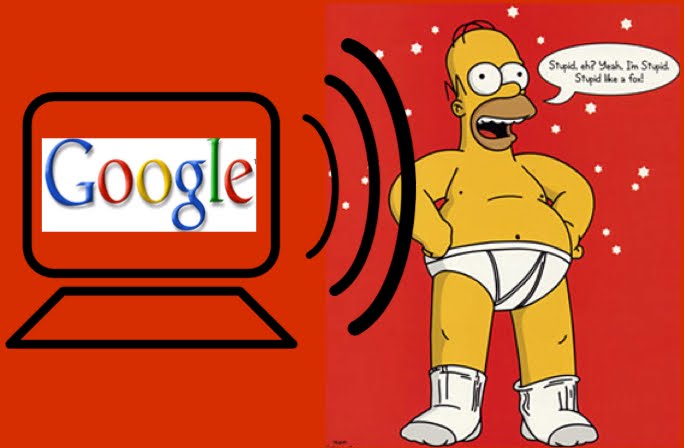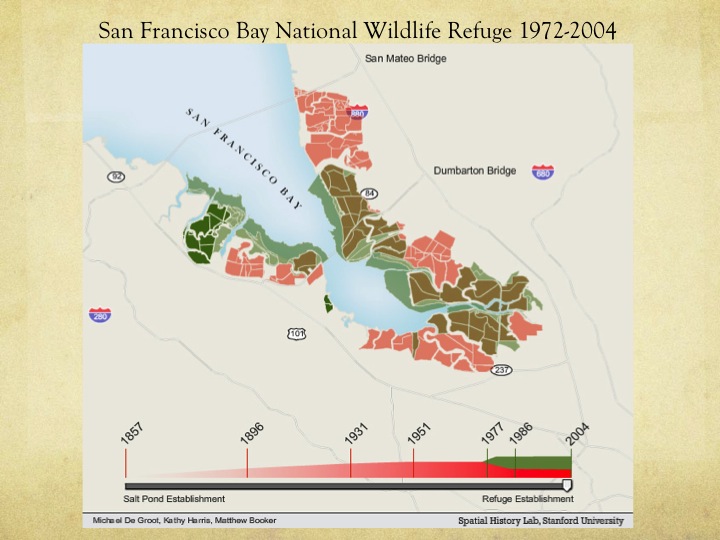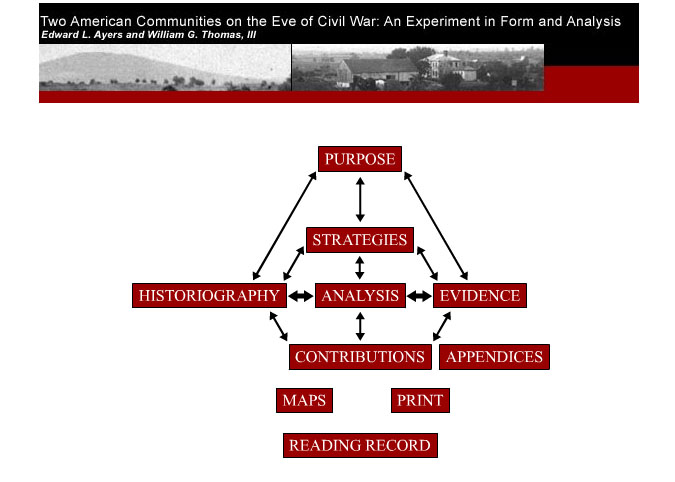 |
| The USS Los Angeles flying near the incomplete Empire State Building Courtesy of the Flickr Commons |
The ancient Egyptians built to last. The pyramids are basically man-made mountains, containing negligible indoor space, and subject to erosion like any other pile of limestone cooking in the desert heat. Simply put, they will be around for a long time. The Empire State Building however, is different. A dynamic structure of millions of square feet of work-space, it is made of steel and concrete. If abandoned, the building's lifespan would be measured in mere decades, rather than millennia. Its structure is infinitely more useful to people in the modern world than a limestone mountain would be. But with those advantages it is also greatly more fragile and in need of constant upkeep.
We face a similar problem when it comes to digital preservation, which allows for dynamic use and constant updates, but lacks the long term storage advantages that older analogue technologies possess. This is the subject of the last chapters of Cohen and Rosenzweig's Digital History. They tackle the problems of adding to and maintaining digital projects over the long term, the stability of emulation and the ease of upgrading from older formats to new. It begs the question of whether digital preservation is even possible in the very long term, with new (and frequently uncompatable) technologies undoubtedly on the horizon. They come to a shaky conclusion that digital preservation is indeed possible, with constant help from a social process of updates and checks from real people. Yet the future is uncertain. While technology evolves, it is certain to result in easier ways to update and preserve older formats.
That social aspect of digital history is on display with the Library of Congress' attempt to "crowdsource" the metadata of many historical photographs. Dr. Larry Cebula points out that most of this data was useless, "throw-away jokes or comments, "I love this fabric!" by Flickr user Mrelia and "Lick this" by user HeatherrFalk (referring to the woman's forehead!)." Someone must have read the blog post, as the "lick this" comment has since been removed.
 |
| "Look at the color of that smoke!" writes user John Troxel Courtesy of the LOC Flickr poject |
Looking through the project myself, I found Dr. Cebula's concerns to be justified, as the vast majority of comments are the inane drivel of a typical internet comment section. Jeanne Kramer-Smyth in her Spellbound blog post understates the problem optimistically "Yes, all the tags won’t be perfect.Yes, there will be seven different ways of tagging for World War II. But when all is said and done, more people will find more photos." The failure of this one feature does not by any means discredit the idea of crowd-sourcing, wikipedia being a prime example of the glories of the idea. Yet it does show how the idea will not work in every case, and perhaps letting untold numbers of random internet people write graffiti on pictures of women is not going to result in a new Renascence of historical understanding.
One digital project that has enjoyed great success is the Utah Digital Newspapers project, which sought to digitize a collection of the state's newspapers for public use. Using the site, it is useful but perhaps not as intuitively designed as the Google News Archive, which allows the user to easily navigate the newspaper with cursor movements. UDN cuts and places articles in PDF format.
 |
| An example of an article out of the UDN Image courtesy of Utah Digital Newspaper |
Other projects such as the Library of Congress' Chronicling America have had great success in replacing the outdated technology of microfilm storage. More such projects will help us broaden the understanding of our past, and hopefully preserve it for the future.








